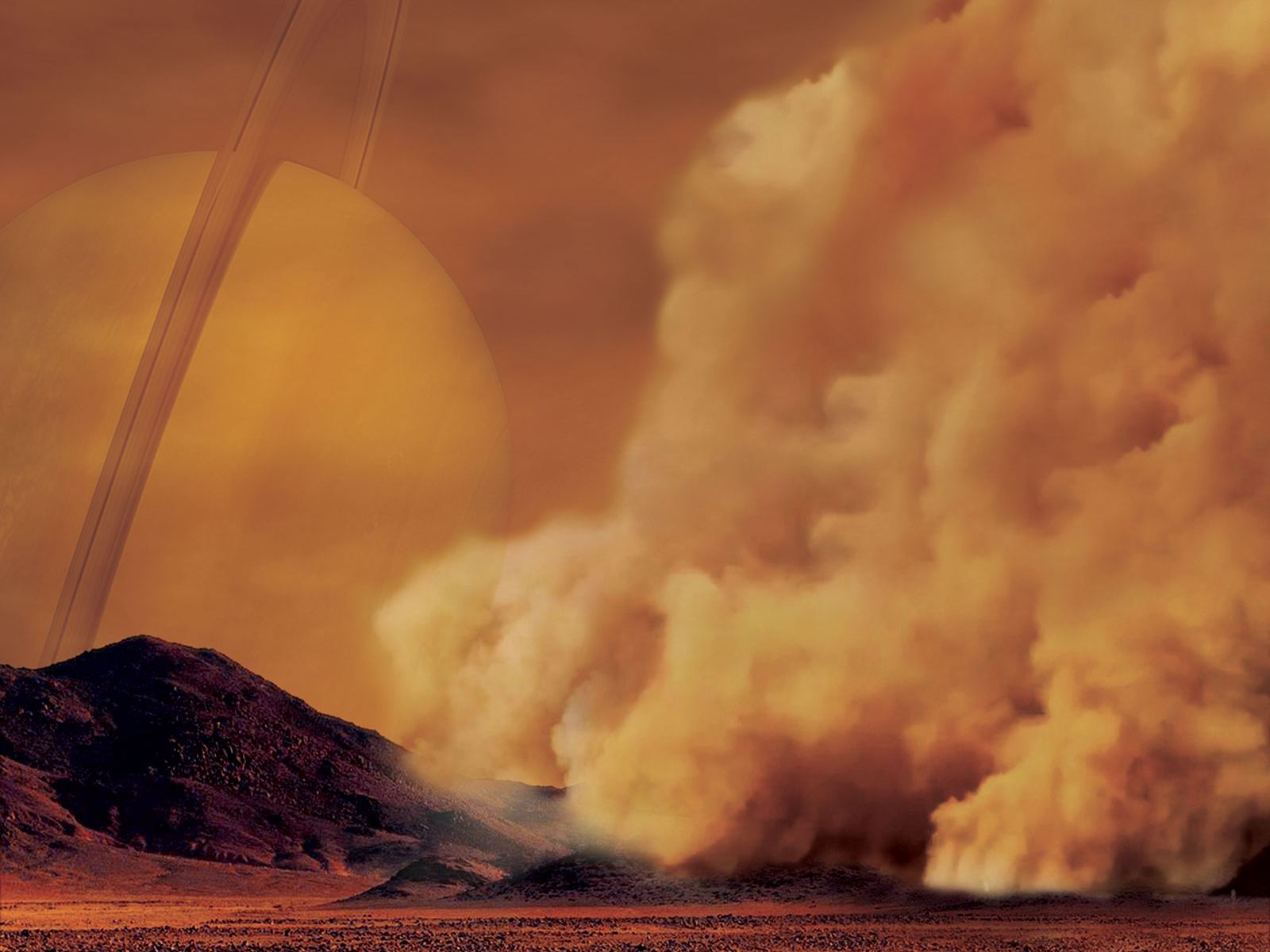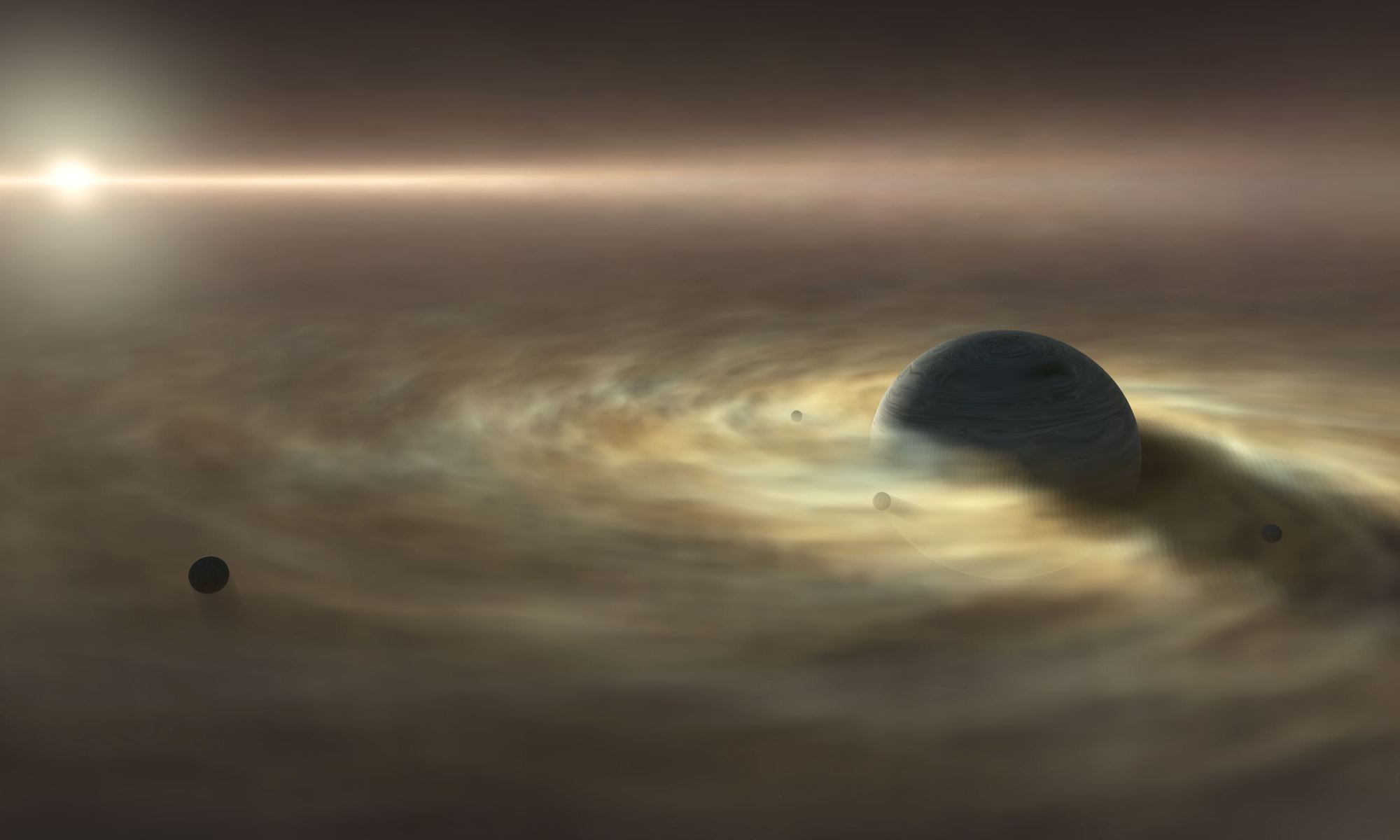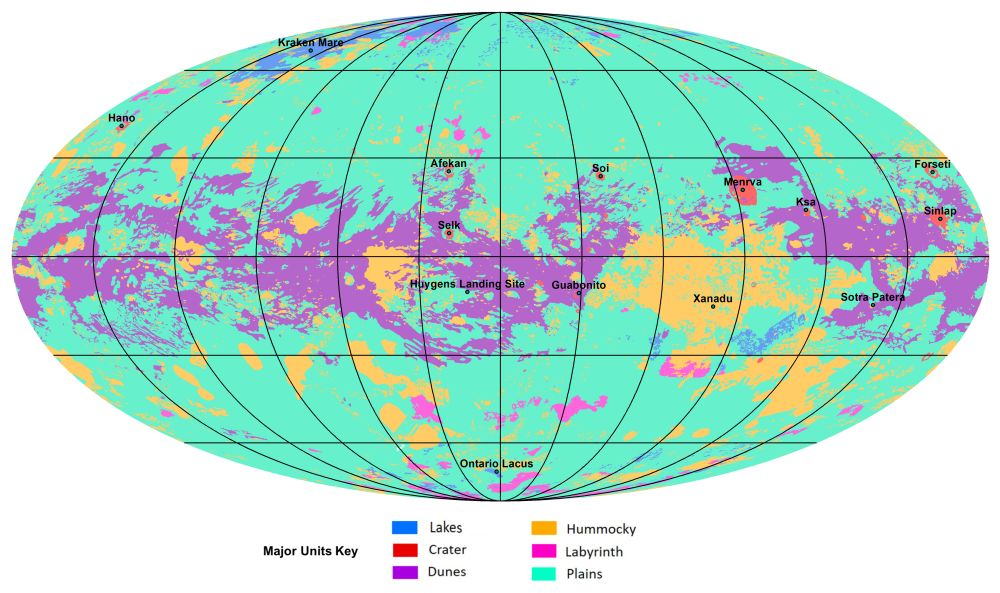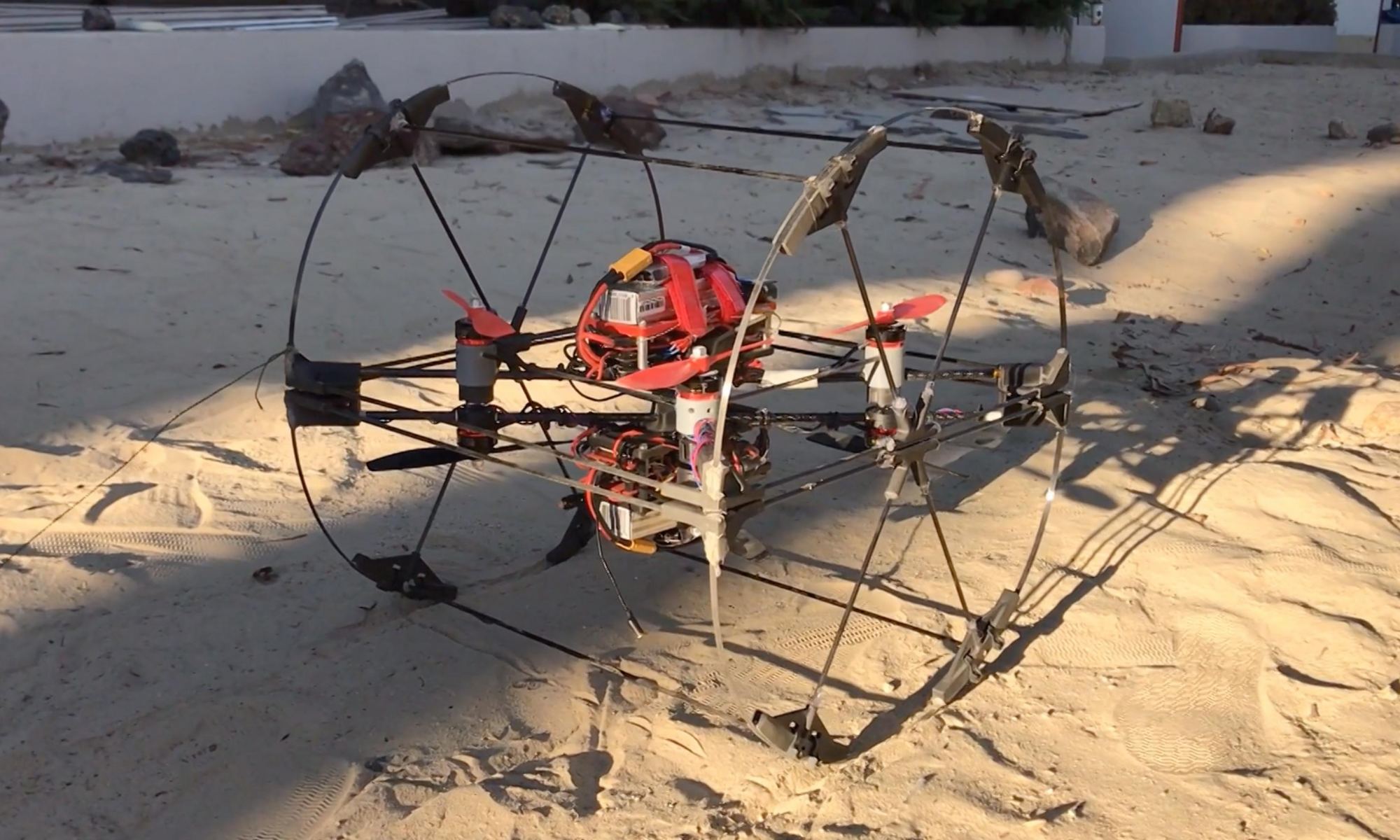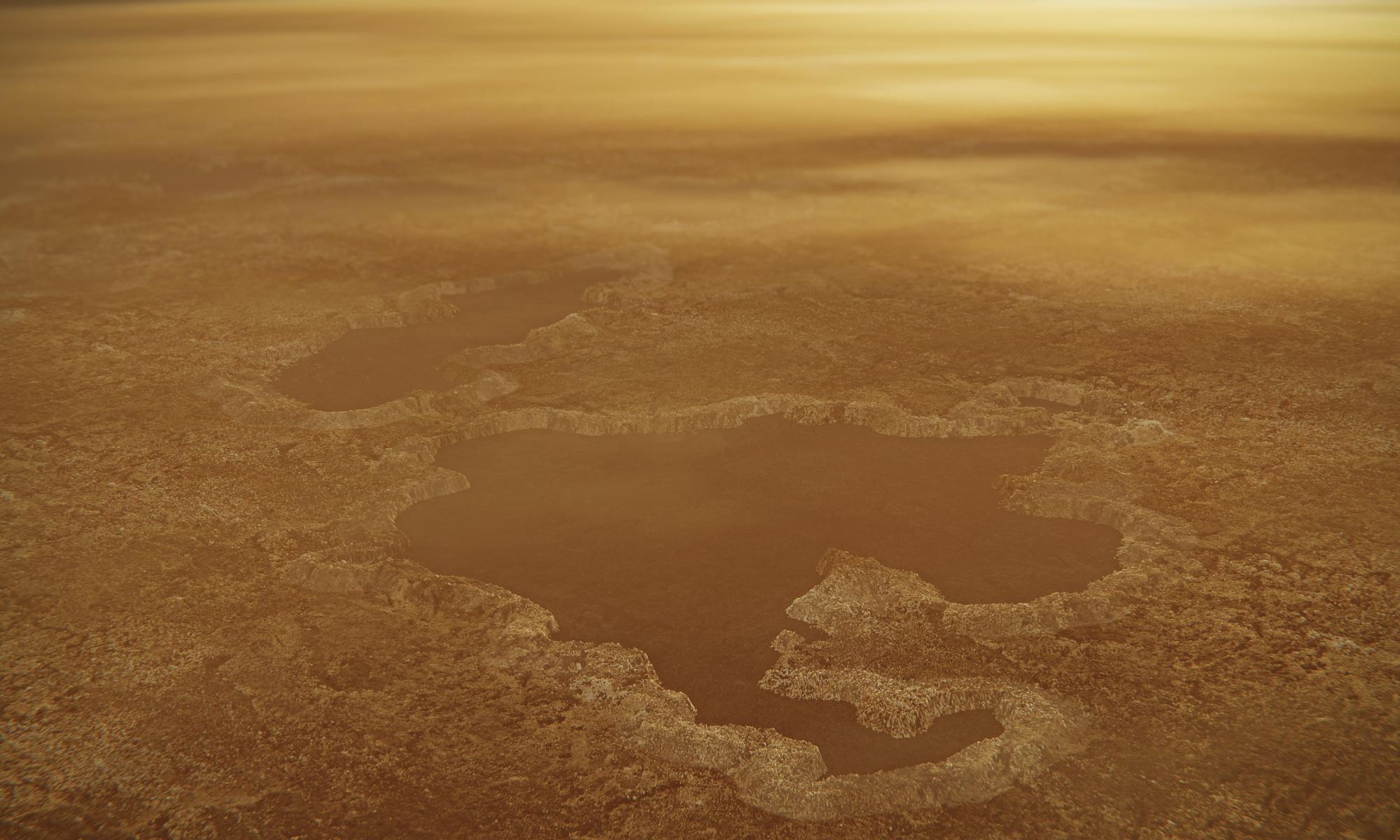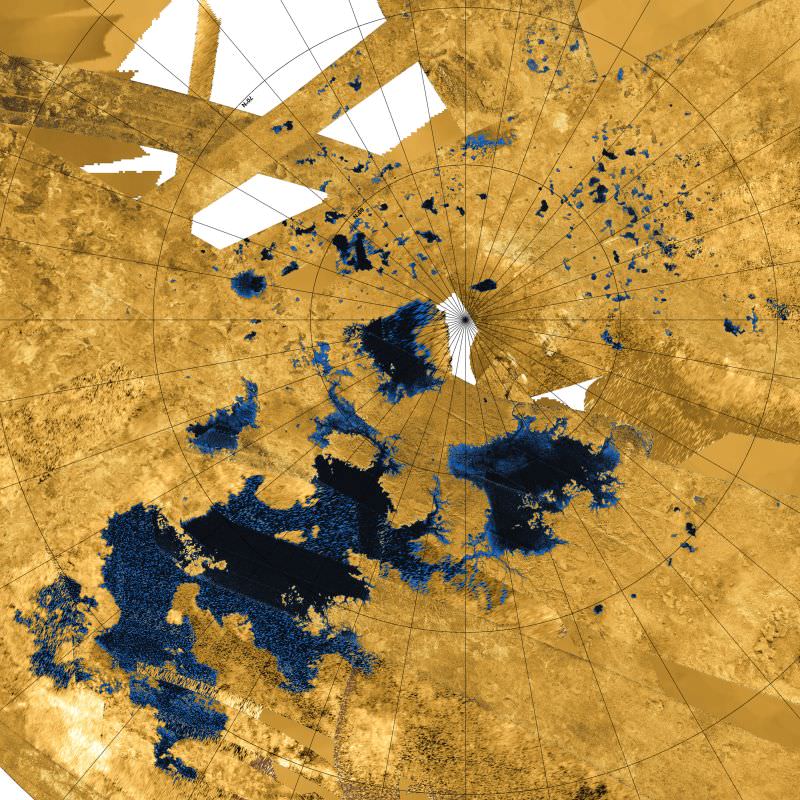Beyond Earth’s only satellite (the Moon), the Solar System is packed full of moons. In fact, Jupiter alone has 79 known natural satellites while Saturn has the most know moons of any astronomical body – a robust 82. For the longest time, astronomers have theorized that moons form from circumplanetary disks around a parent planet and that the moons and planet form alongside each other.
However, scientists have conducted multiple numerical simulations that have shown this theory to be flawed. What’s more, the results of these simulations are inconsistent with what we see throughout the Solar System. Thankfully, a team of Japanese researchers recently conducted a series of simulations that yielded a better model of how disks of gas and dust can form the kinds of moon systems that we see today.
Continue reading “Gas and Dust Stop Planets From Eating Their Moons”


